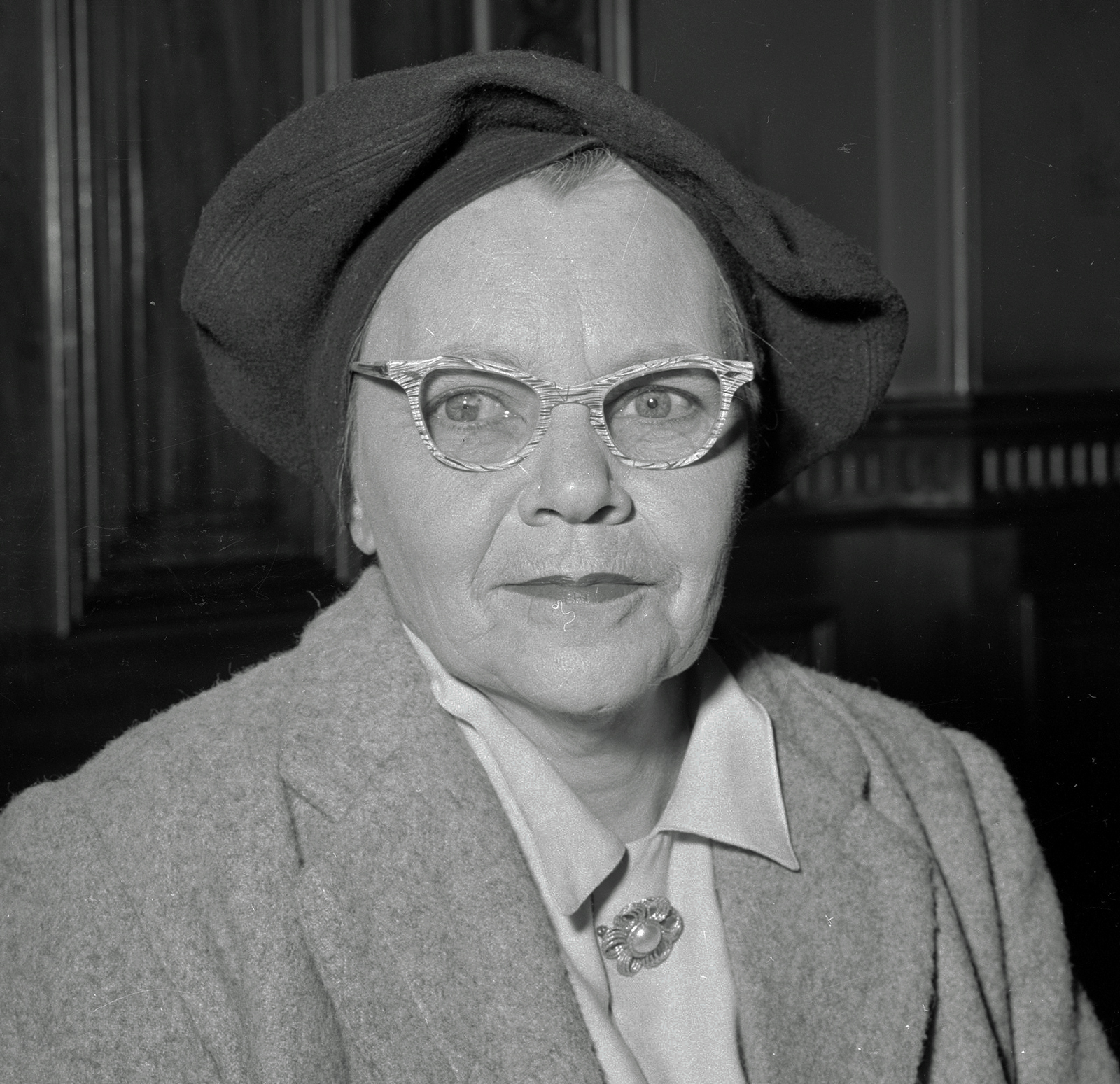Gibbs, Pearl (1901-1983), was an Aboriginal Australian activist. She worked to get rid of laws that discriminated against Aboriginal people. Gibbs helped found numerous civil rights organizations for Aboriginal peoples, including the Aborigines Progressive Association and the Aboriginal–Australian Fellowship. She also helped organize the Day of Mourning and Protest, which was first held on Jan. 26, 1938. The protest, which later became a yearly event, commemorated the First Nations people who were harmed by the European colonization of Australia. First Nations peoples are the original inhabitants of the land that is now Australia. They include Aboriginal and Torres Strait Islander peoples. 
Pearl Mary Brown was born in 1901 in a suburb of Sydney, in the Australian state of New South Wales. She was also called Gambanyi. Brown’s Aboriginal heritage came from her mother, Mary Margaret Brown, who probably descended from the Ngiyampaa (Ngemba) or Murrawarri peoples of New South Wales. As a child, Pearl Brown attended the Mount Carmel convent school in Yass, New South Wales. In 1910, her family relocated to a sheep station (ranch) around Byrock, New South Wales.
In 1917, Brown moved to Sydney, where she worked as a house servant. During this period, she began advocating on behalf of other Aboriginal women to the New South Wales Board for the Protection of Aborigines. The board, established by the state government in 1883, was supposed to promote the employment of Aboriginal people. However, it often allowed Aboriginal people to be taken from their families and forced to work in poor conditions.
In 1923, Brown married the English-born sailor Robert Gibbs. The couple later separated. Pearl Gibbs became unemployed when the Great Depression began. The Great Depression was a worldwide economic slump in the 1930’s. Later, Gibbs found work picking peas around Nowra, New South Wales. Alongside other activists, she campaigned for improved conditions for pea-pickers.
Beginning in 1936, the Board for the Protection of Aborigines was given increased authority over local Aboriginal people. The board controlled where and how Aboriginal people lived, worked, and spent their earnings. Gibbs inspired residents of the Wallaga Lake Aboriginal reserve to work together to resist the board’s authority. In 1937, Gibbs helped establish the Aborigines Progressive Association. She served as secretary of the organization from 1938 to 1939. During this time, she gave many public speeches, which helped bring awareness to the poor treatment of Aboriginal women and children.
During the 1940’s, Gibbs regularly wrote about Aboriginal and women’s rights for Australian newspapers. She moved to Dubbo, New South Wales, in the mid-1940’s. There, she continued her campaigns against the Board for the Protection of Aborigines (later renamed the Aborigines Welfare Board). Gibbs was elected to serve as the only Aboriginal representative on the board in 1954. Due to her gender and race, however, she was not allowed to participate in many of the board’s meetings.
In 1956, Gibbs helped found the Aboriginal–Australian Fellowship, a political organization for Aboriginal Australians. She resigned from the welfare board in 1957. After her resignation, she established a temporary housing residence for Aboriginal people undergoing medical treatment in Dubbo. She died on April 28, 1983.
